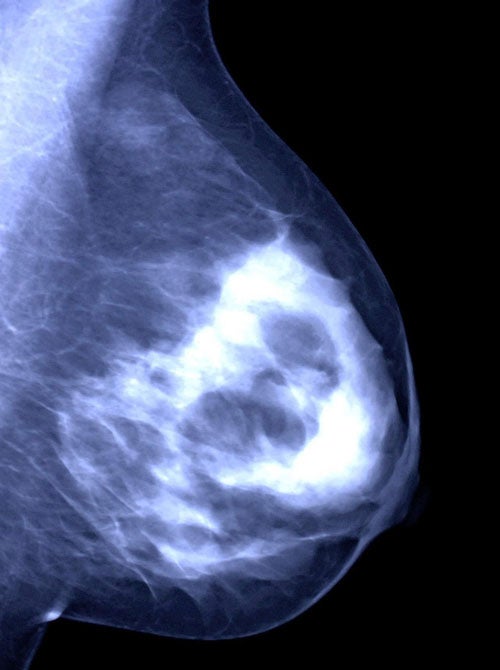Fewer doses of radiation still beat cancer

Your support helps us to tell the story
From reproductive rights to climate change to Big Tech, The Independent is on the ground when the story is developing. Whether it's investigating the financials of Elon Musk's pro-Trump PAC or producing our latest documentary, 'The A Word', which shines a light on the American women fighting for reproductive rights, we know how important it is to parse out the facts from the messaging.
At such a critical moment in US history, we need reporters on the ground. Your donation allows us to keep sending journalists to speak to both sides of the story.
The Independent is trusted by Americans across the entire political spectrum. And unlike many other quality news outlets, we choose not to lock Americans out of our reporting and analysis with paywalls. We believe quality journalism should be available to everyone, paid for by those who can afford it.
Your support makes all the difference.A revolution in radiotherapy treatment for cancer could be near after 10-year trials showed less radiation delivered in fewer doses is just as effective in preventing return of the disease.
Two trials involving almost 4,500 women with breast cancer found that reducing the overall dose of radiation by 20 per cent and the number of sessions by 40 per cent cut side effects without increasing cancer recurrence. The finding could mean a reduction in the international-standard radiotherapy schedule for early breast cancer, which says that women should receive 50 gray of radiation in 25 equal doses over five weeks. It could also have implications for other cancers of glandular tissue, such as prostate cancer.
In women with breast cancer, radiotherapy is normally given after chemotherapy. The present regime means women must attend hospital five days a week for five weeks, spending an hour or more queuing for the radiotherapy machine, being correctly positioned under it and receiving their daily dose. Women in the two trials, called Start A and B (Standardisation of Breast Radiotherapy Trial), attended clinics three days a week over five weeks with a total dose of between 39 and 41.6 gray, compared with the normal 50 gray.
Five years on, recurrence rates of breast cancer in women on both trials were no different from those who had the standard treatment, but long-term side effects on the breast of hardening (due to fibrosis) and shrinkage were reduced. The research was done in 17 UK centres in the first trial and 23 centres in the second trial. The findings are published online in Lancet Oncology and The Lancet.
Professor John Yarnold, of the department of clinical radiotherapy at the Royal Marsden Hospital, Sutton, south-west London, who led the trials, said: "If these results are confirmed and adopted internationally then what women will notice is that hospitals start shortening their radiotherapy schedules, which will be more convenient for them.
"But if giving radiotherapy in 15 fractions is just as effective as 25, that is unlikely to be the limit. We have a study under way with 900 women who are being given radiotherapy in five fractions, once a week for five weeks. When you get to that level it makes a big difference; it means you can bring radiotherapy more closely in line with chemotherapy and surgical treatment."
Experts warned it was too soon to change practice on the basis of two studies which had followed patients for five to six years. Professor Yarnold accepted the need for longer-term independent research to back his findings, but said the indications were good.
Join our commenting forum
Join thought-provoking conversations, follow other Independent readers and see their replies
Comments